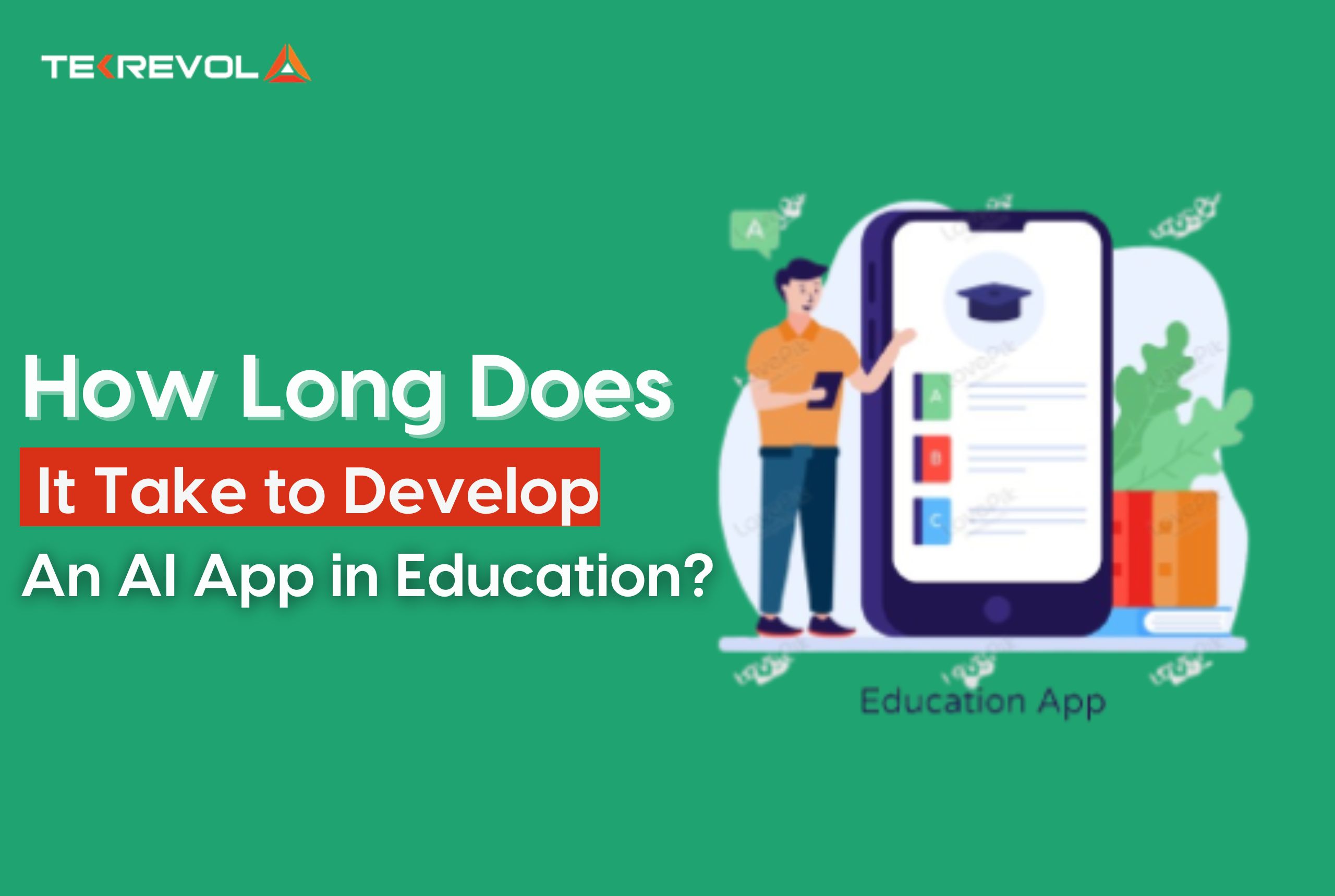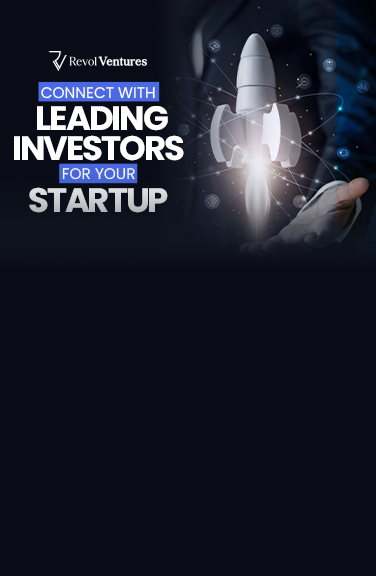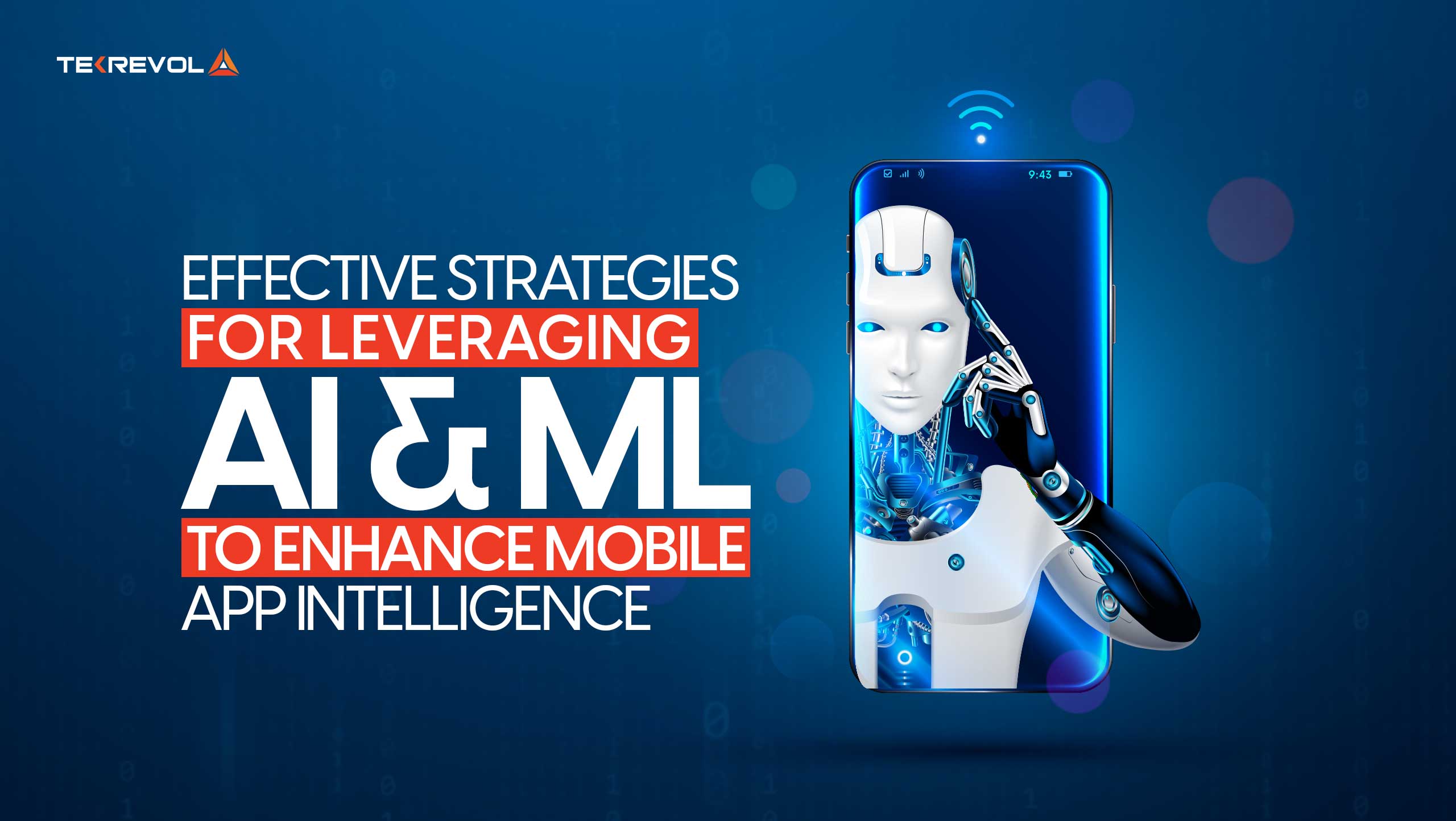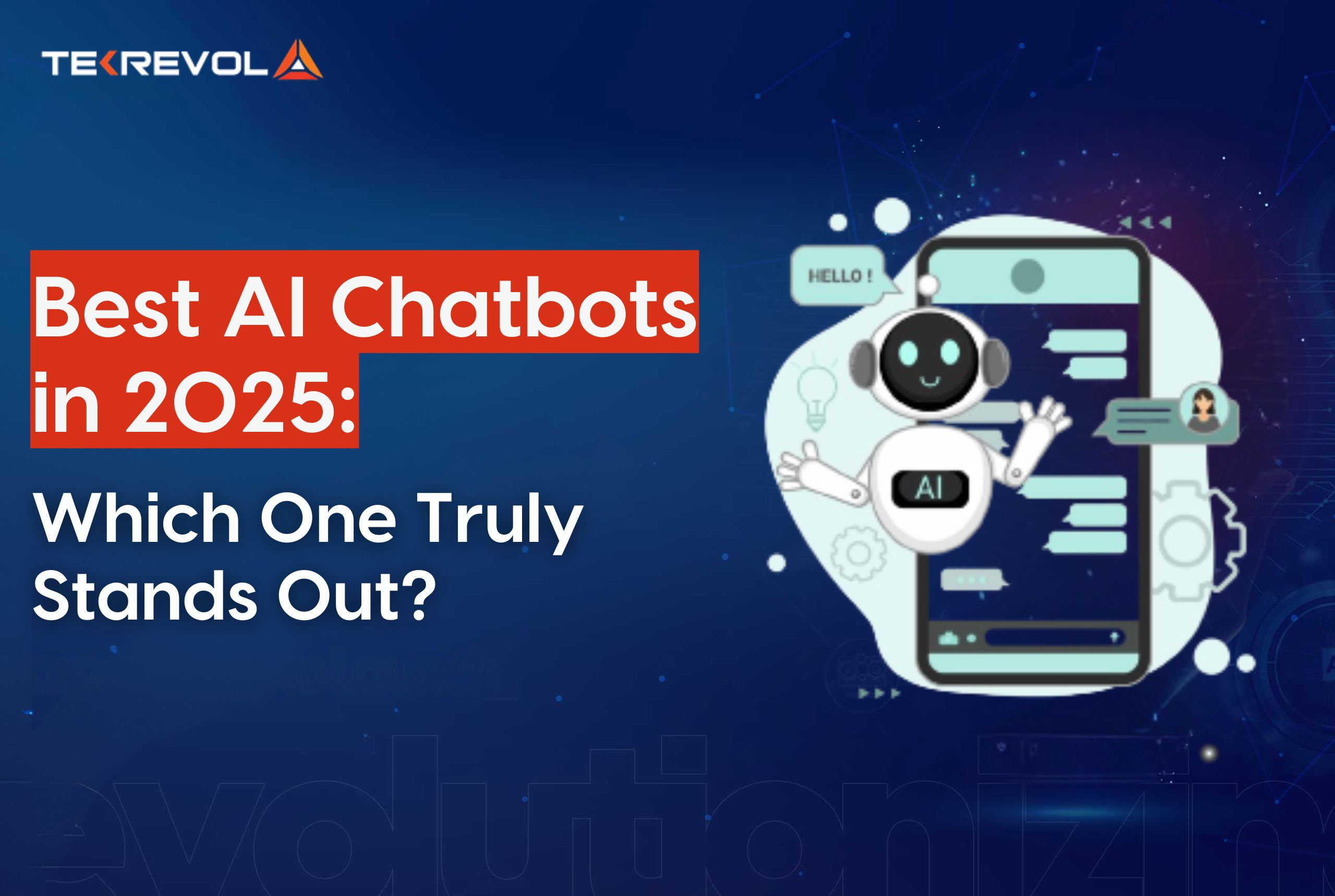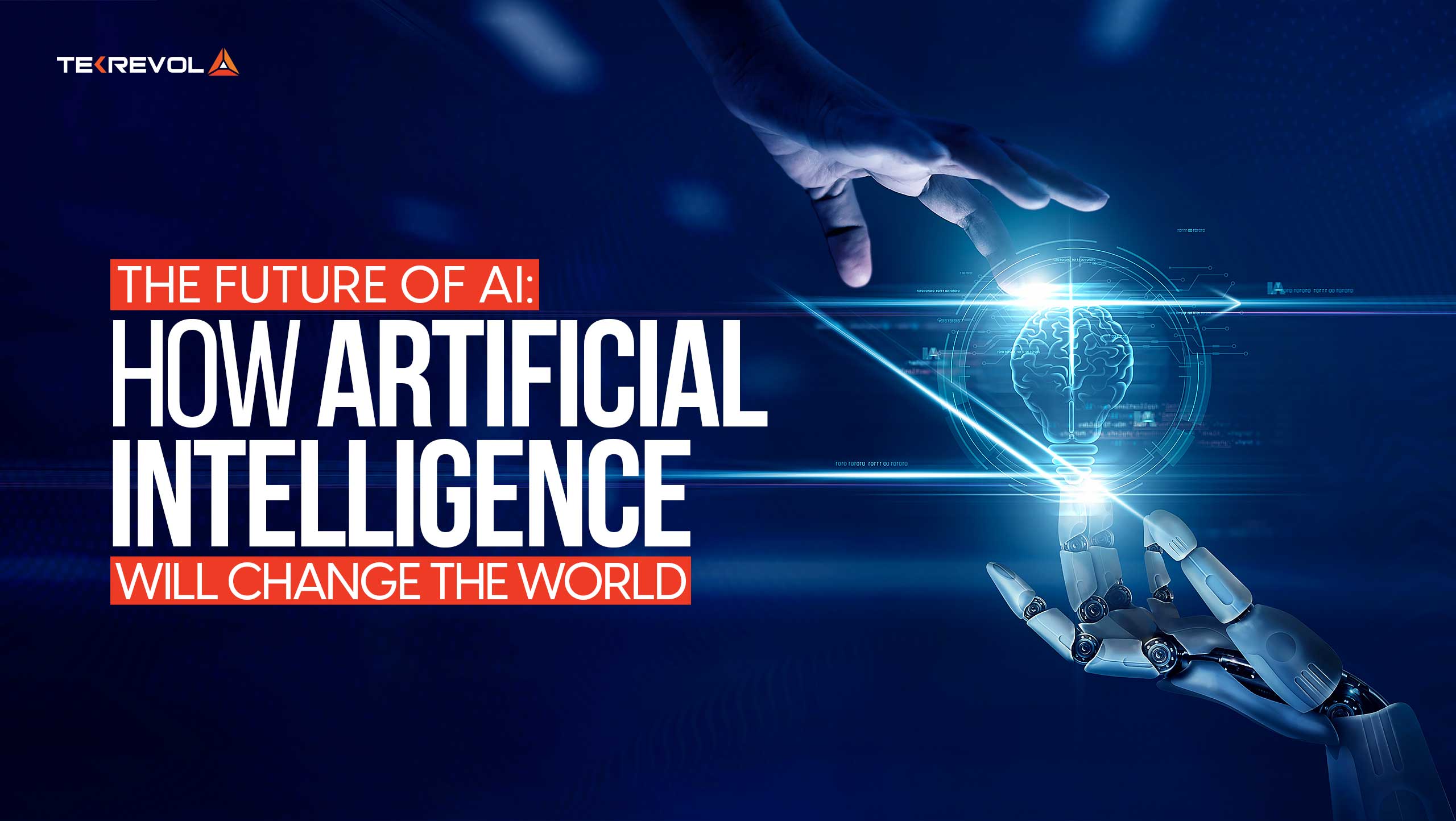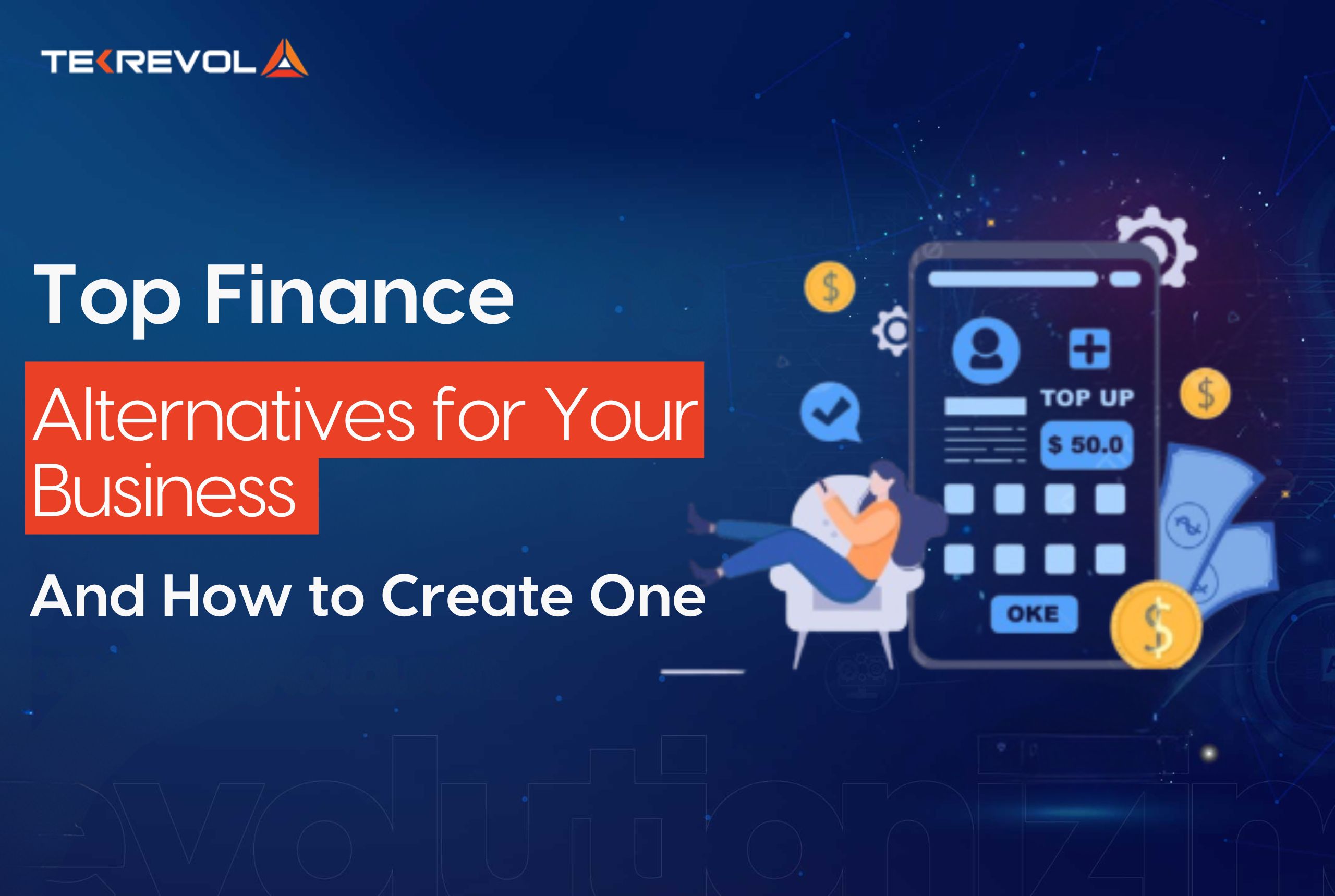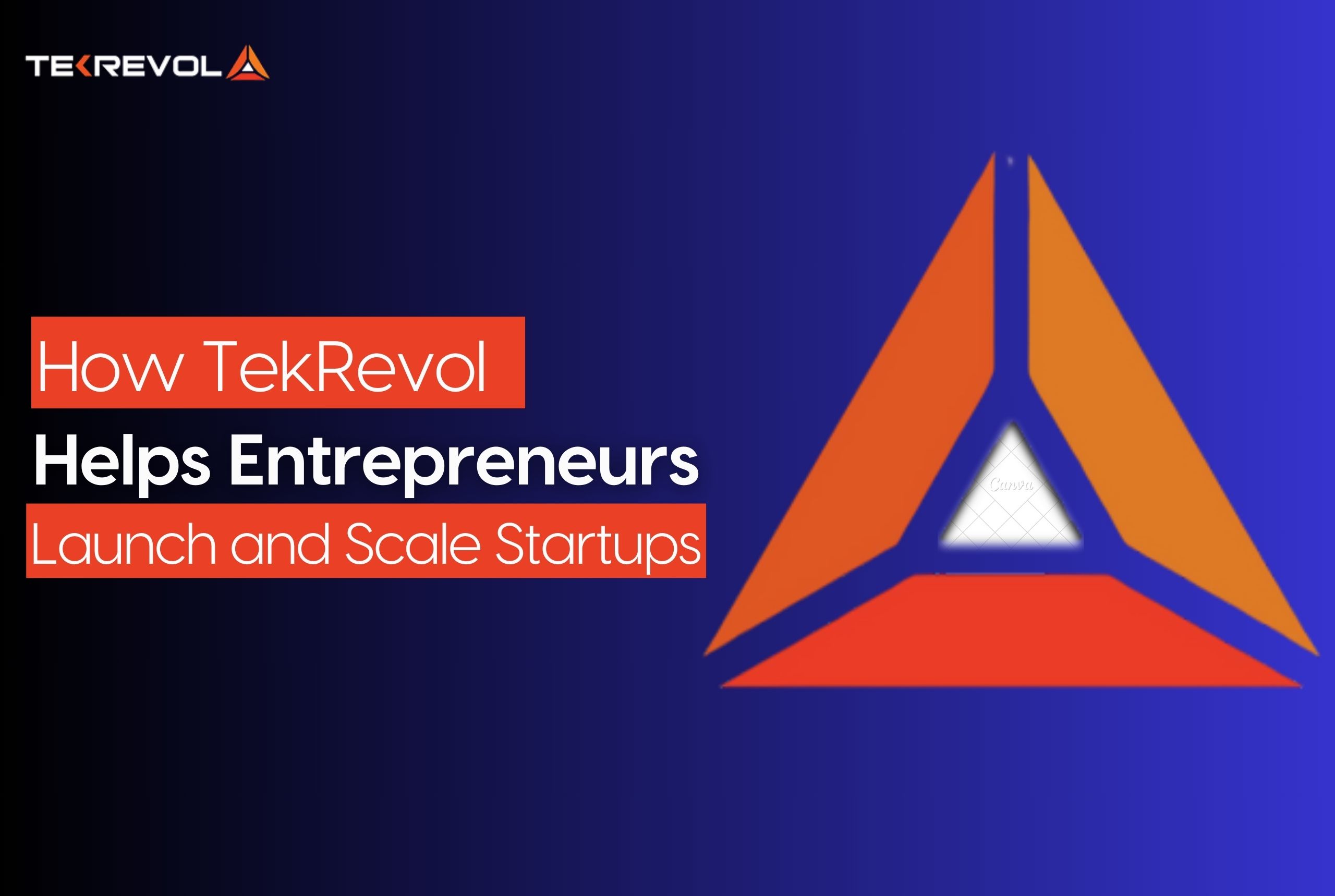Everyone in the education space is asking the same thing: How long before our AI app is ready to launch? The truth? There’s no cookie-cutter timeline. Building an AI tutor or an adaptive learning system depends on how advanced your features are, how much data training is involved, and the scale of the user experience you aim for.
The timeline for AI education app development can vary quite a bit, influenced by factors as diverse as the complexity of the features you envision and the size of your development team. On average, A simple AI flashcard app might be ready in 6–8 months. But a smart, adaptive learning platform? That could take 8 months to 12+ months to build right.
In this blog, we’ll break down the key factors influencing education AI app development time and help you understand what to expect if you’re planning to build your own educational AI solution.
Average Time to Develop an AI Education App
Creating an AI-controlled education mobile application will take around six months to twelve months or more, depending on how advanced and well-featured you would like the application to be. Artificial intelligence in education apps adds an extra level of complexity to normal edtech apps, but the reward from such investment in personalization, learner engagement, and outcomes is huge.
Let’s take a look at the general idea of how time is estimated and the factors shaping it.
1. Basic AI Education Apps (6-8 Months)
These apps have off-the-shelf AI features, mostly utilizing third-party APIs. The aim of such development is not to require extensive model training and backend AI infrastructure but to smooth and enhance access to learning.
Common Features:
- AI chatbots for student support
- Speech-to-text for note-taking
- Basic quiz generators based on NLP
Development Time Covers:
- Standard front-end and back-end development
- API integration for AI functionalities
- Simple UI/UX tailored for students
2. Mid-Level AI Education Apps (8–10 Months)
These apps produce custom-trained AI models with adaptive learning paths based on user interactions and performance. They are produced for educational platforms that wish to personalize learning at scale.
Common Features:
- Adaptive Learning Paths Powered by AI
- Intelligent content recommendation engines
- Automated performance analysis on feedback
Development Time Includes :
- Data preparation along with model training
- Seamless LMS or CMS integration
- More interactive UI with user data tracking
3. Advanced AI Education Apps (10–14+ Months)
These applications exist at the cutting edge of AI in education, necessitating continuous data streams, high-level algorithm development, and scalable infrastructure in the cloud. Often, these applications are built for institutions, governments, or large-scale edtech companies.
Common Features:
- Real-time deep-learning AI tutoring
- Emotion detection to adjust content delivery
- AI-generated curriculum planning
- Multilingual voice-based learning assistants
Time for Development Includes:
- Building custom AI models and training them on extensive datasets
- Long QA and performance testing
- Integrating the applications with analytics, security, and cloud services
Timeline Breakdown: Stages of Developing an AI Education App

Creating a custom education app is a multi-stage process whereby every stage is vital in making the overall product and directly affects the overall time required to get to the end of the process. Let’s break down each stage and then further explore the estimated timelines.
1. Discovery and Planning (2-4 Weeks)
This is the starting point for defining the app’s “what” and “why.” The development team needs to work closely with the stakeholders to comprehend the app’s business goals, users’ expectations, and technical needs.
What Happens in This Stage:
- Goal Setting: The client and the development team come together to state what the app is intended for. Are you building a learning management system (LMS), a language learning app, or a tutoring platform?
- Target Audience Definition: Who are the users (students, teachers, institutions) mainly helping customize features and design?
- Competitor & Market Research: Review already existing apps that analyze the market trends and expectations of users. This helps create an assessment of features that users love and areas you can improve.
- High-Level Planning: Drafting a roadmap where you state project milestones, resource allocation, and a preliminary timeline.
Outcome:
A clear vision document along with a roadmap that defines scope, priorities, and strategic direction.
2. Requirements Gathering and Documenting (2-3 Weeks)
The next step is to formulate an action plan to realize the vision. The action plan comprises documenting functional and non-functional requirements and designing the application architecture.
What Happens in This Stage:
- Requirement Specification: Creating a Software Requirements Specification (SRS) document with all the functions the app needs to perform.
- Feature Listing: Documenting all the features that the app may have, from user registration and course listings to playback and progress tracking.
- Wireframes and Mockups: Simple visual layouts that take the user through journeys and transitions.
- Tech Stack and Architecture: The team states which programming languages, frameworks, and tools are required, and how the app will be structured.
Outcome: A complete blueprint for the development team to follow, minimizing confusion and clearly defining expectations.
3. UI/UX Designing and Prototyping (3-6 Weeks)
Designing does not just mean how things look; it signifies how they work. Here, the team breathes life into the wireframes with easy-to-use interfaces and interactive prototypes.
What happens in this phase?
- Visual Design: UI elements (colors, fonts, and symbols) are chosen to reflect the brand and provide a welcoming experience.
- UX Strategy: The designers focus on building user flows that reduce friction and encourage engagement. For example, how easy is it for a student to find and commence a course?
- Interactive Prototypes: Clickable versions of the application are created to simulate the actual experience and extract feedback from stakeholders.
- User Testing: Early-round feedback is collected to identify any confusing aspects or improvement areas.
Outcome: Polished design and prototype ready for development, with revisions based on user feedback. Feature Listing: Everything is recorded, including user sign-ups, course listings, video playback, and progress tracking.
4. App Development (8-16 Weeks)
This is the phase when the maximum amount of time is spent on coding. The tech team separates work into front-end and back-end development depending on whether it’s iOS, Android, or cross–platform.
What Happens in This Stage:
- Development Setup: preparing tools, settings, and repositories.
- Front-End Development: coding for UI and interactive elements using frameworks such as Flutter, React Native, Swift, or Kotlin.
- Back-End Development: setting up Databases, systems for User Authentication, Cloud Services, and APIs.
- Third-Party Integrations: Payment Gateways, Video Hosting Services, Push Notification, and so on, have been added to the repository.
- Continuous Testing: Unit-testing on individual components to provide early detection and solutions to bugs.
Outcome: A functional, coded version of the app ready for comprehensive testing.
5. Quality Assurance and Testing (3-5 Weeks)
Before going live, a thorough test of the app is necessary to see that it performs as expected; this includes different devices and scenarios. QA checks for bugs, UI anomalies, and performance issues.
What Happens at This Stage:
- Functional Testing: Each feature is tested for intended operations – logging in, viewing lessons, or completing quizzes.
- Performance Testing: The app is stressed with various loads to check for slowness, crashes, or lagging.
- Security Testing: This ensures that user data is protected, particularly personal and educational records.
- Usability Testing: Real users and testers interact with the app to provide feedback on the ease of navigation.
- Bug Fixing: All issues discovered are then fixed immediately before launch.
Outcome: A stable, secure, and user-friendly application ready for release.
6. Deployment and Launch (1-2 Weeks)
After the app is done with QA, it is time to go live. In this phase, other technical aspects such as handover, live environment setup, and submission to app stores are involved.
What Happens in This Stage:
- Store Preparation: The application is optimized and prepared for uploading into the Google Play Store and Apple App Store (including icon, screenshots, and description).
- Production Server Setup: Back-end services are migrated to a production environment.
- Analytics Integration: Analytics tracking tools, such as Google Analytics or Firebase, are integrated to monitor usage and performance.
Go-Live: The app is deployed and open for users’ consumption.
Monitoring: This is where the team will keep a watch on performance, gather feedback on usability, and fix initial problems.
Outcome: Your app is live, and the users can start downloading it and engaging with it.
- Ready to create a custom education solution?
- Share your app idea with us—get a tailored strategy within 48 hours.
What Affects the Time Required to Build an Education App? Major Factors
Development timelines should be broken down into stages, but understanding what causes them to go faster or slower is also significant. Everything, from the complexity of your app’s features to the efficiency with which you communicate feedback, affects them.
These are the most important things influencing custom-built education app development time:
1. App Complexity and Feature Set
The more complex the app, the longer it requires development. Simple educational quiz apps may take only a few weeks, whereas a full-featured LMS system-complete with streaming videos, live classes, gamification, progress tracking, and admin dashboards-can extend development timelines dramatically.
Examples of complexity drivers:
- Multiple user roles (students, teachers, admins)
- Real-time chat or live video integration
- AI-driven personalization or recommendations
- Offline access and synchronization
- LMS integration or cross-platform syncing
2. Design Requirements
It takes time to think up, prototype, and revise a design to make it functionally rich and visually arresting; this is especially true in an education setting, where usability is such a huge factor in engagement and learning. Custom illustrations, animations, and accessibility-oriented UI can increase the design time as well.
Key design considerations:
- Responsive design across devices
- Custom illustrations and micro-interactions
- Accessibility compliance (WCAG standards)
- Gamification elements and badges
- Interactive learning components
3. Technology Stack and Platform Choices
Which technology stack you choose will actually determine the time and cost of the whole project. Native versus cross-platform involves a different time of development (Swift/Kotlin vs. Flutter/React Native) and different costs. In addition, incorporating some third-party services, such as payment gateways, analytics tools, or video conferencing APIs, can add complexity.
What affects time here?
- Single vs. multi-platform development
- API integrations and backend complexity
- Choice of CMS or database architecture
4. Team Structure and Experience
A very experienced development team is dedicated to specialists and involves UI/UX designers, mobile developers, QA testers, project managers, and so on, who can achieve tasks more effectively and identify problems before solutions have yet been found.
Faster timelines result from:
- Agile methodology and clear sprint planning
- Dedicated roles for design, development, or QA
- Strong project management and client communication
5. Client Feedback and Decision-Making Speed
Regular feedback loops are vital, but at the same time, they can also create bottlenecks if there are delays or shifting priorities. A clear feedback process and timely decisions can tamper dramatically with overall development time.
Tips to stay on track:
- Assign a decision-maker on the client side
- Maintain clear documentation of revisions
- Setting practical timelines for reviews and approvals
Build Your AI Education App With Tekrevol
If you have an innovative idea about an AI education app and are looking forward to developing it quickly and effectively, the difference is made by a partnership with the ideal team. At TekRevol, we develop intelligent, scalable, engaging AI education applications.
As a trusted AI app development company, we’ve successfully completed numerous projects across education, healthcare, finance, and other industries—delivering intelligent, user-centric, and scalable solutions customized to each client’s goals.
We have AI experts, designers, and edtech advisors who collaborate closely to ensure your app is not only technically robust but also delivers meaningful learning outcomes. From ideation to launch and beyond, we help you navigate every stage of development with precision and creativity.
- Have an idea in mind?
- Discuss your project details with our experts today.

 49 Views
49 Views April 22, 2025
April 22, 2025